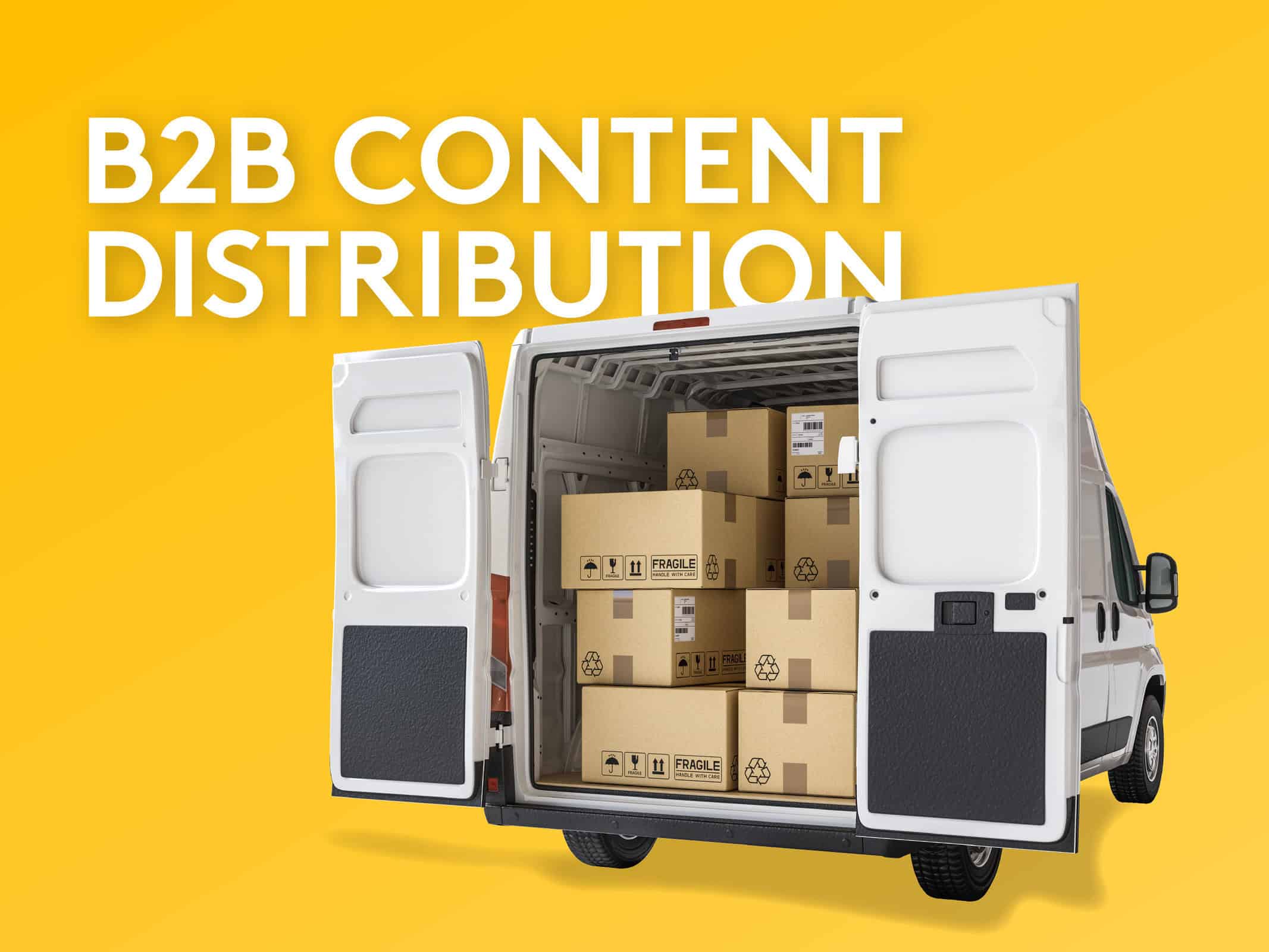
A Complete Guide to B2B Content Distribution
A Complete Guide to B2B Content Distribution
Creating high-quality content is just the first step in a successful B2B marketing strategy.
The real challenge lies in getting that content in front of the right audience. B2B content distribution involves strategically sharing your content across various channels to maximize visibility, engagement, and lead generation. This guide will walk you through the most effective strategies and best practices for distributing your B2B content.
What is B2B Content Distribution?
B2B content distribution refers to the process of promoting and sharing your content with your target audience through owned, earned, and paid channels. The goal is to ensure that your content reaches the right people at different stages of the sales funnel, from awareness to decision-making.
Why is Content Distribution Important for B2B Companies?
Effective content distribution is crucial for B2B companies for several reasons:
Raises Brand Awareness: Consistently distributing content helps position your brand as an industry thought leader.
Attracts and Nurtures Leads: Strategic content distribution engages potential customers and guides them through the sales funnel.
Drives Qualified Traffic: By reaching the right audience, you can increase website traffic and generate high-quality leads.
Top B2B Content Distribution Strategies
To maximize the impact of your content, consider implementing the following strategies:
Promote on Social Media
Social media is a powerful tool for content distribution. Here’s how to make the most of it:
Optimize Content for Each Platform: Tailor your content to fit the nuances of each social media platform, whether it’s LinkedIn, Twitter, or Facebook.
Engage with Your Audience: Actively participate in conversations, respond to comments, and build relationships with your followers.
Use Paid Promotion: Amplify your reach by investing in paid social media campaigns that target specific audience segments.
Email Marketing
Email remains one of the most effective distribution channels for B2B content:
Segment Your List: Personalize your email content based on the interests and behaviors of different audience segments.
Include Clear CTAs: Encourage action by incorporating strong calls-to-action (CTAs) in your emails.
Monitor Performance: Track metrics such as open rates, click-through rates, and conversions to continuously improve your email campaigns.
Partner with Influencers
Collaborating with industry influencers can extend the reach of your content:
Identify Relevant Influencers: Find influencers who align with your brand and audience.
Co-create Content: Work together to create content that adds value to both your and the influencer’s audiences.
Promote Through Influencers: Leverage the influencer’s platform to distribute your content to a broader audience.
Paid Advertising
Paid advertising can help you reach new audiences quickly:
Choose Relevant Platforms: Select the platforms that your target audience frequents, such as Google Ads, LinkedIn Ads, or Facebook Ads.
Create Compelling Ads: Develop ads that are visually appealing and clearly communicate your value proposition.
Optimize Based on Performance: Continuously monitor and adjust your ad campaigns to maximize ROI.
Publish Guest Posts
Guest posting is an effective way to expand your reach and build backlinks:
Identify Websites: Research industry-related websites that accept guest posts.
Pitch High-Quality Content: Offer valuable content that meets the needs of the website’s audience.
Include Backlinks: Link back to your site within the content to drive traffic and improve SEO.
Repurpose Existing Content
Maximize the value of your existing content by repurposing it into different formats:
Repackage Top-Performing Content: Turn blog posts into infographics, podcasts, or videos to reach different audiences.
Distribute Across Channels: Share repurposed content across various channels for greater amplification.
How to Optimize Your Content Distribution
To ensure your content distribution strategy is effective, follow these optimization steps:
Set Distribution KPIs: Establish key performance indicators (KPIs) to measure the success of your distribution efforts.
Analyze Performance: Regularly review how your content and distribution channels are performing.
Gather Feedback: Solicit feedback from your audience to understand what’s working and where improvements are needed.
Audit and Update: Continuously audit your distribution strategy and make necessary adjustments to stay effective.
B2B Content Marketing Strategies
In addition to distribution, consider the following content marketing strategies to enhance your B2B efforts:
Industry Studies and Research Reports: Offer in-depth insights that position your brand as an industry leader.
Weekly Newsletters: Provide valuable updates and insights that keep your audience engaged.
LinkedIn Content: Share comprehensive guides and thought leadership pieces on LinkedIn to connect with professionals.
Invest in Video: Use video content to engage your audience and promote it via email and social media.
Optimizing B2B Content Distribution for Unmatched Business Success
Effective B2B content distribution is essential for driving business success. By consistently sharing high-quality content through the right channels, you can raise brand awareness, generate leads, and nurture relationships with potential customers. Tailor your distribution strategy to meet the specific needs of your audience, and continuously refine your approach to achieve the best results. Combining owned, earned, and paid distribution channels will ensure your content reaches its full potential.
